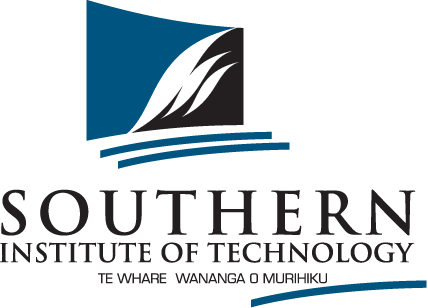
Motivated by money, hackers target New Zealand’s businesses
Ever wondered why computer hackers do what they do? The rapid growth of ransomware and other attacks has laid their motivations clear and it is all about money. Hackers are intent on targeting businesses and individuals as they seek the next big payday.
Tim Sewell, Information Security Management Lead at managed services provider Computer Concepts Limited (CCL) says keeping information safe has become a far greater challenge in the cloud era. Not only is it easier for attackers from anywhere in the world to target your systems, but spurred on by financial rewards, they do so at an alarming pace.
“There’s a real challenge in the sheer volume of threats, and the number of weaknesses that can let those threats in. Visibility is essential to safe computing, and yet staying on top of it all can feel impossible,” he relates.
 Sewell helms the company’s managed cyber security practice, introduced in 2015 in response to the growing prevalence of hackers and malware. Since then CCL has rapidly developed its capabilities and customer base, today securing the environments of many clients by protecting critical data and maintaining uptime so they can focus on core business.
Sewell helms the company’s managed cyber security practice, introduced in 2015 in response to the growing prevalence of hackers and malware. Since then CCL has rapidly developed its capabilities and customer base, today securing the environments of many clients by protecting critical data and maintaining uptime so they can focus on core business.
He says ransomware, which locks people out of their computers with a demand for money soon following, is set to remain a major issue in 2020. “Financially-motivated attacks are by far the most common. After all, hacking is a business. Ransomware is evolving from the lock-out scenario, to include stealing and threatening to release sensitive data. Hackers are always getting smarter and making more compelling ‘value propositions’ to part people from their money.”
Even for large companies, managing security effectively is a big challenge. The reality is that information security today has so many specialisations that it is more than a full-time job, he continues. “There are few businesses that can afford a team capable of covering all the areas to deliver a properly secured environment,” Sewell points out.
This goes back to the heart of CCL’s managed security practice value proposition. They focus on providing all businesses with comprehensive enterprise-grade data protection services.
Sewell is pragmatic about both protection and – arguably more importantly – recovery from a successful cyber-attack. “The reality is that every organisation will eventually suffer a breach. And that’s why security isn’t only about prevention, it is about response and recovery, too.”
That includes effective incident response, backup and recovery regimes. “If anyone says they can protect your business 100%, unfortunately that wouldn’t be true. No technology is perfect, and you cannot eliminate human error. We combine the best available technology, with the best people and processes. Part of that is monitoring what does get through and knowing how to respond and remediate. And that delivers the assurance for our customers to do business with confidence.”
The company’s practice is powered by Fortinet, an industry leading network security company with a strong presence in New Zealand. CCL’s team of skilled and qualified engineers work closely with Fortinet for the delivery of a practice which consistently performs to the highest standard possible.

 Nearly half of Lotto NZ profits are allocated to Sport NZ, the NZ Film Commission, Creative NZ, and Ngā Taonga Sound & Vision.
Nearly half of Lotto NZ profits are allocated to Sport NZ, the NZ Film Commission, Creative NZ, and Ngā Taonga Sound & Vision.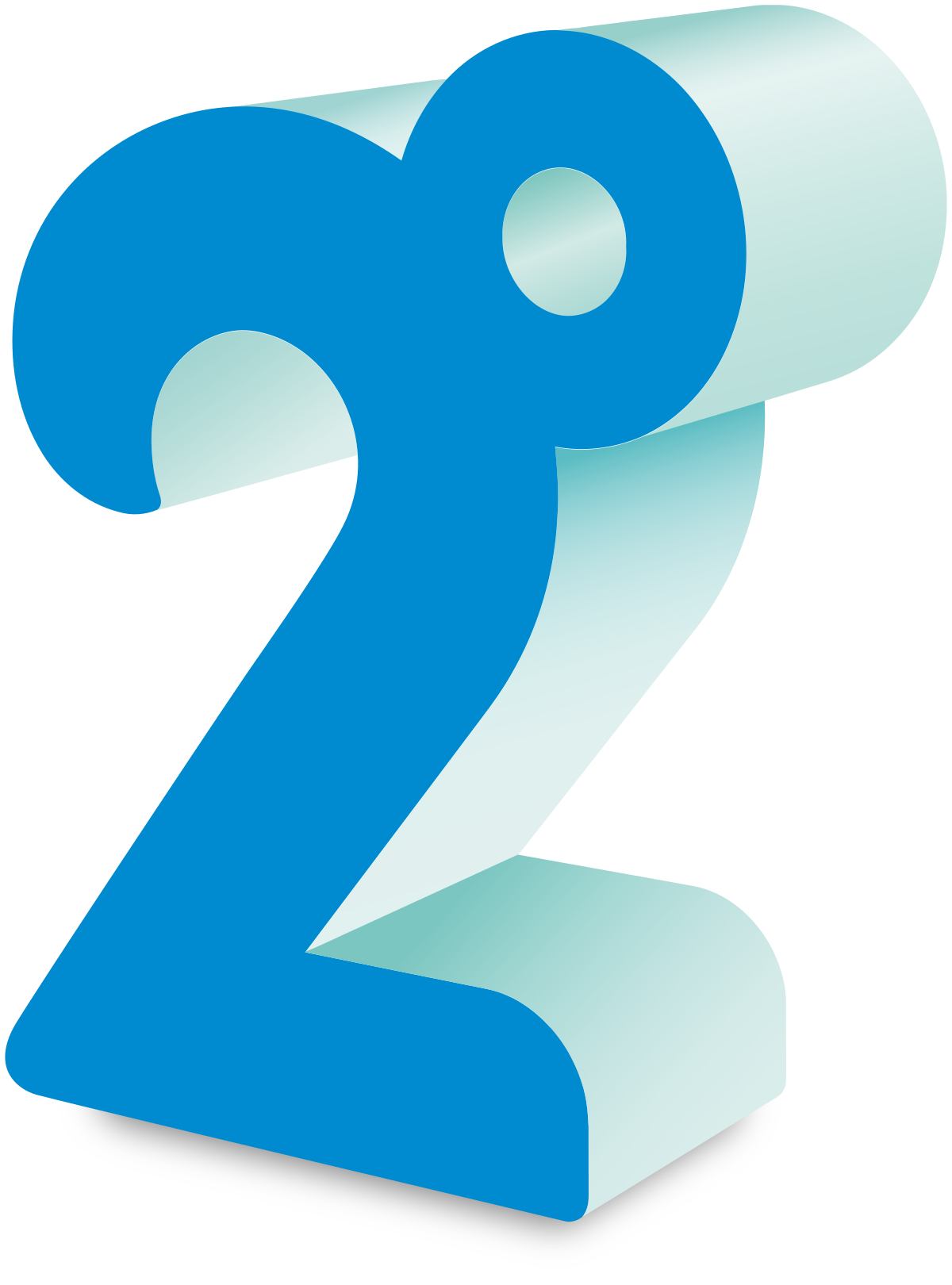
 That’s according to Steve Lloyd, Head of Products
and Solutions Strategy 2degrees Business Divison.
“We’ve established our name and reputation in
consumer telecoms and how we’re addressing the
small to medium business market. And for these
customers, the requirement is pretty simple: highly
secure and highly reliable services, at an affordable
price point.”
That’s according to Steve Lloyd, Head of Products
and Solutions Strategy 2degrees Business Divison.
“We’ve established our name and reputation in
consumer telecoms and how we’re addressing the
small to medium business market. And for these
customers, the requirement is pretty simple: highly
secure and highly reliable services, at an affordable
price point.”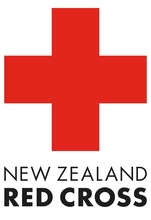
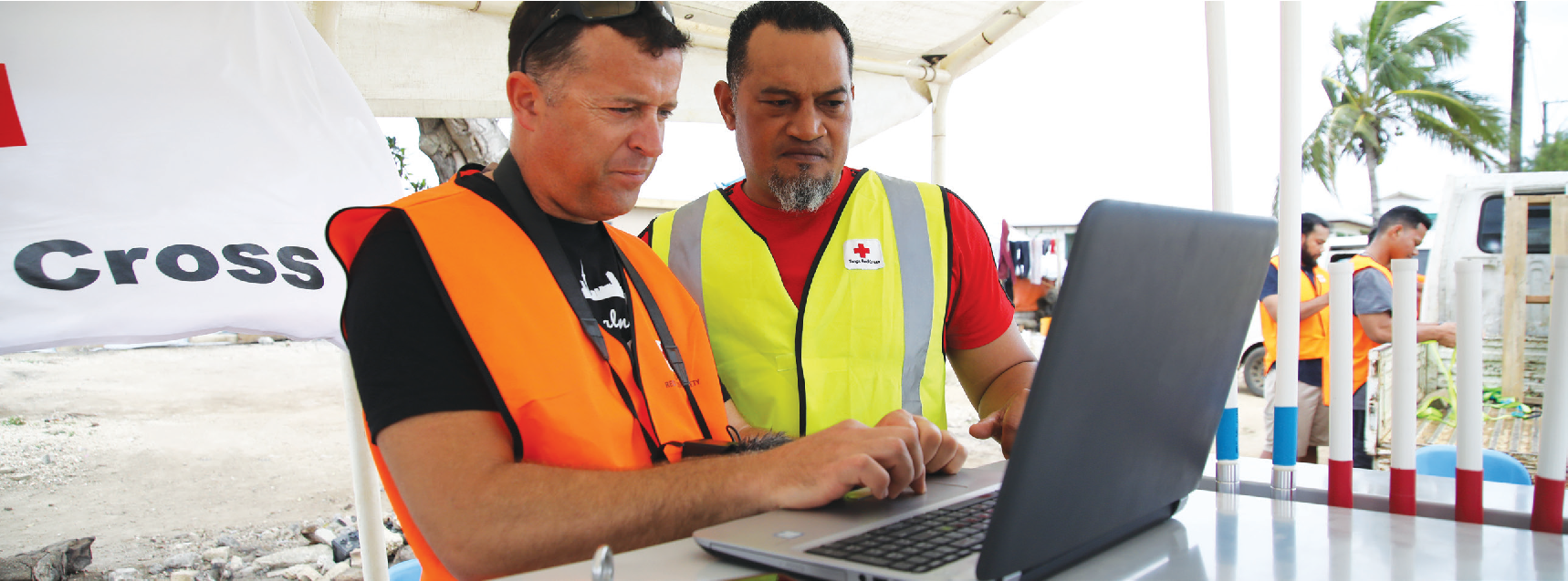 However, it is always a case of when, rather than if
disaster strikes. “When that happens, you quickly
discover there is zero scalability in the available tech
infrastructure,” says Kraig.
Red Cross and other organisations scramble
to help, but one of the immediate issues is
communication. “When you have another 20
delegates from partner Red Cross National
Societies suddenly needing connectivity, it really
stretches things,” Kraig says.
However, it is always a case of when, rather than if
disaster strikes. “When that happens, you quickly
discover there is zero scalability in the available tech
infrastructure,” says Kraig.
Red Cross and other organisations scramble
to help, but one of the immediate issues is
communication. “When you have another 20
delegates from partner Red Cross National
Societies suddenly needing connectivity, it really
stretches things,” Kraig says.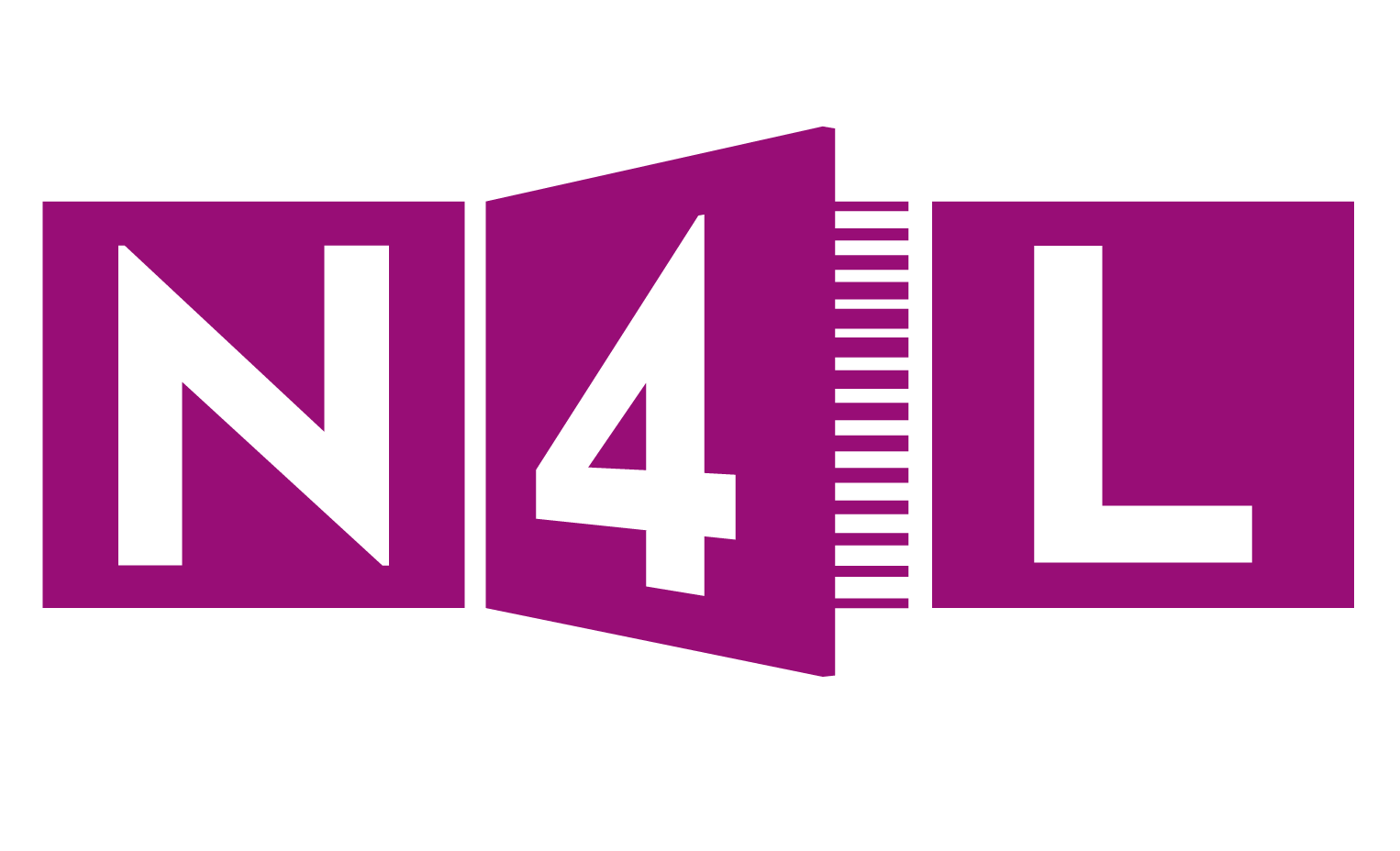

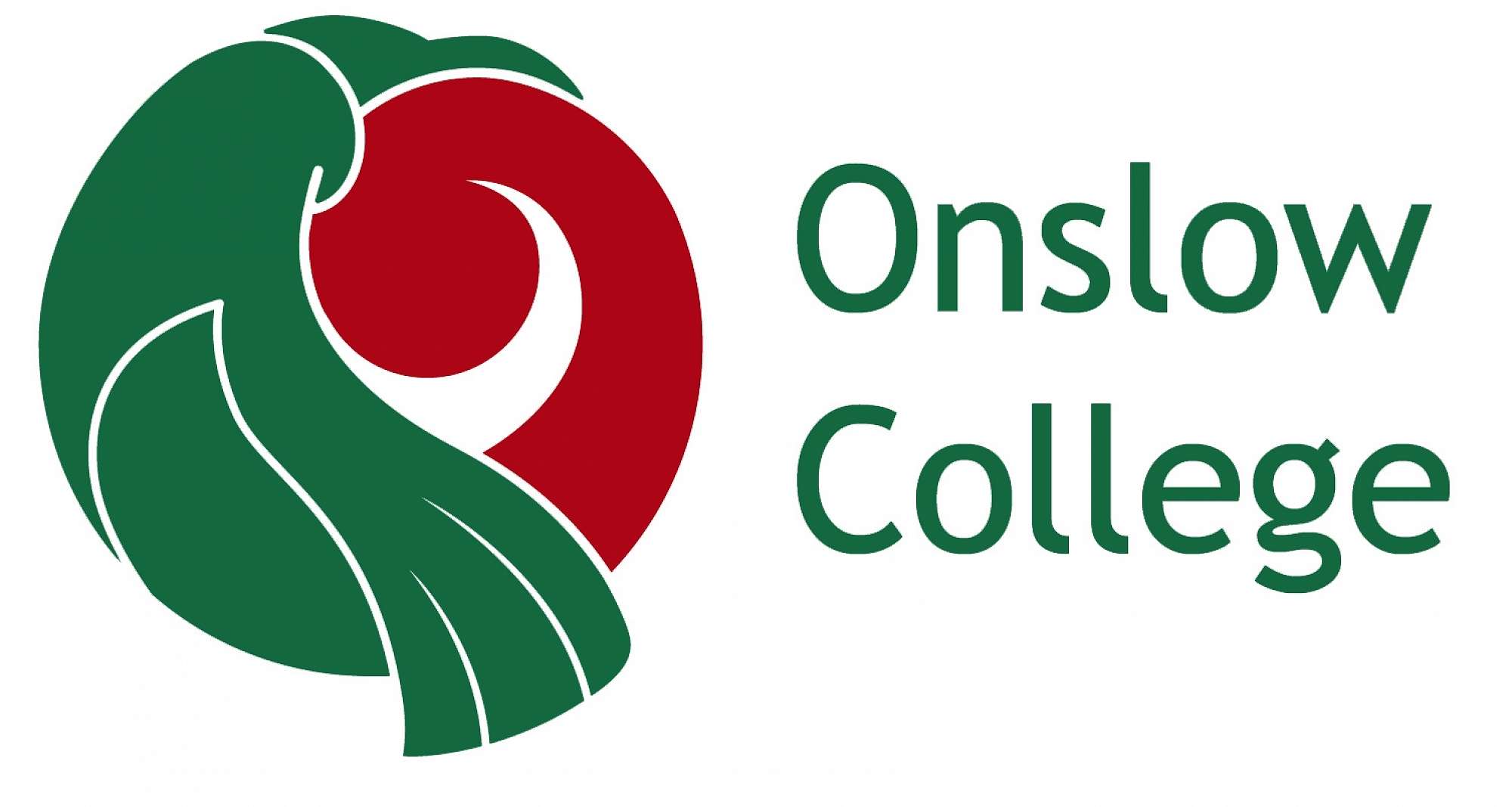
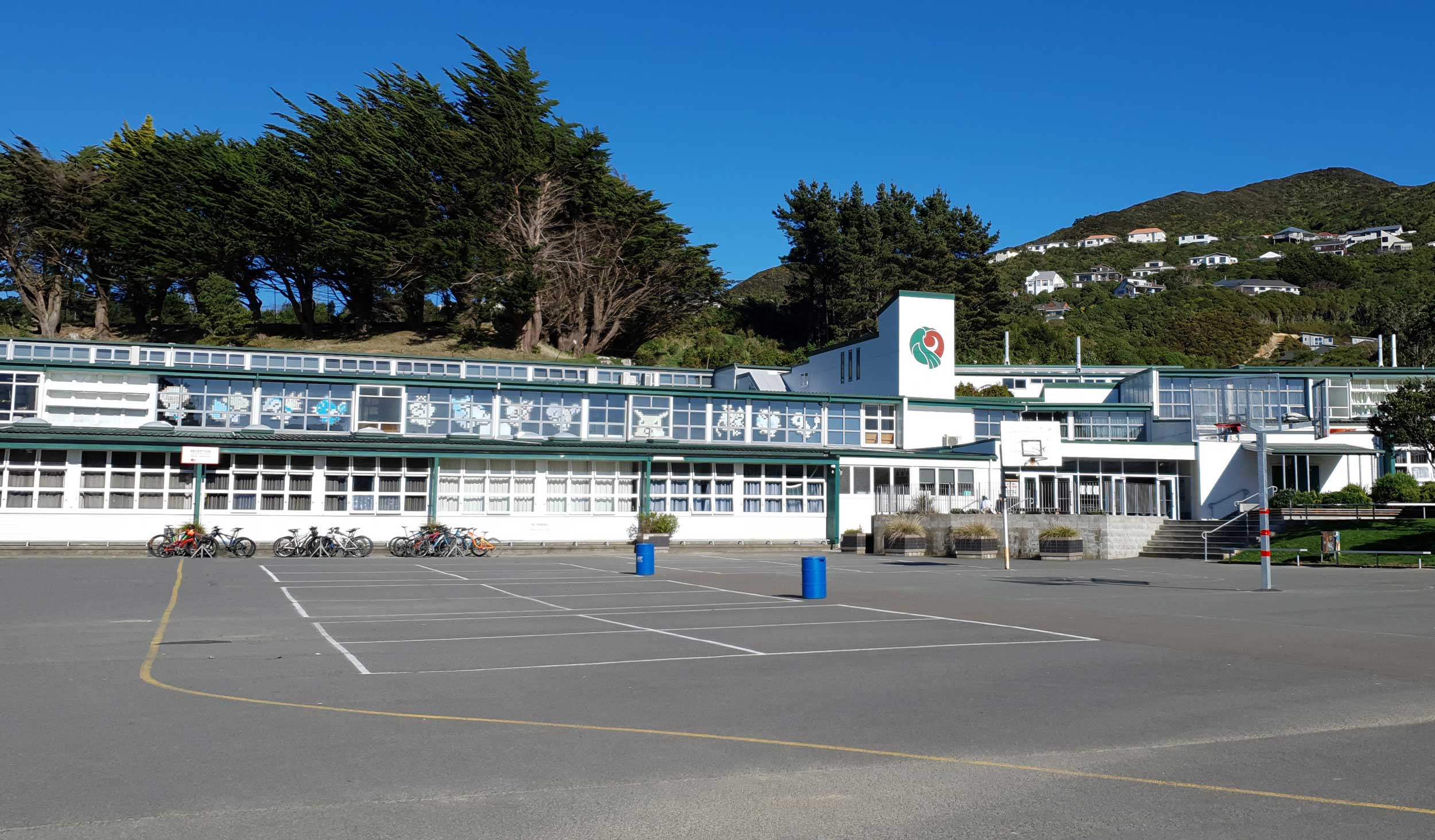 “They coexisted reasonably well, but it was far from ideal. When you’ve got a staff complement of 120 and over 1300 students, each with their own laptop or access to school devices, dropped connections meant endless frustration. You’d have to reauthenticate to the Wi-Fi and to the firewall, so it was a real pain point and this seriously impacted on the teaching and learning”.
“They coexisted reasonably well, but it was far from ideal. When you’ve got a staff complement of 120 and over 1300 students, each with their own laptop or access to school devices, dropped connections meant endless frustration. You’d have to reauthenticate to the Wi-Fi and to the firewall, so it was a real pain point and this seriously impacted on the teaching and learning”.